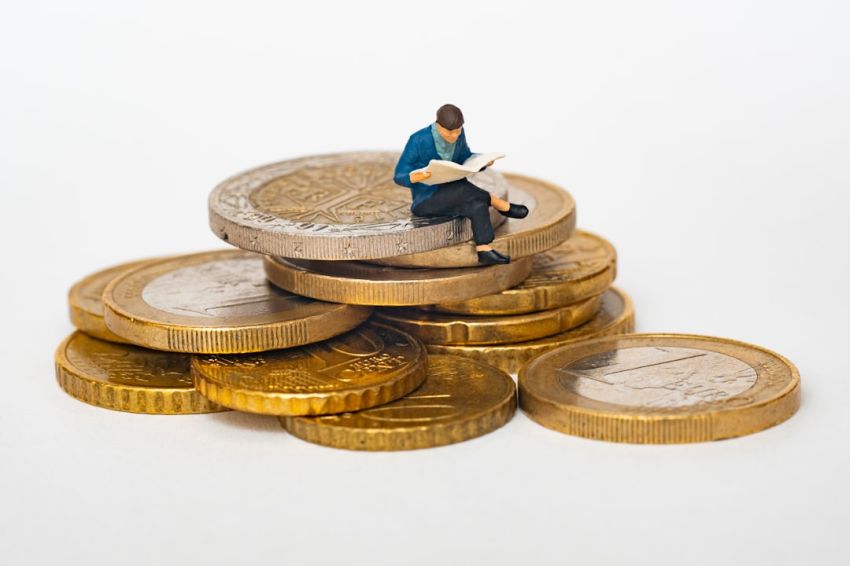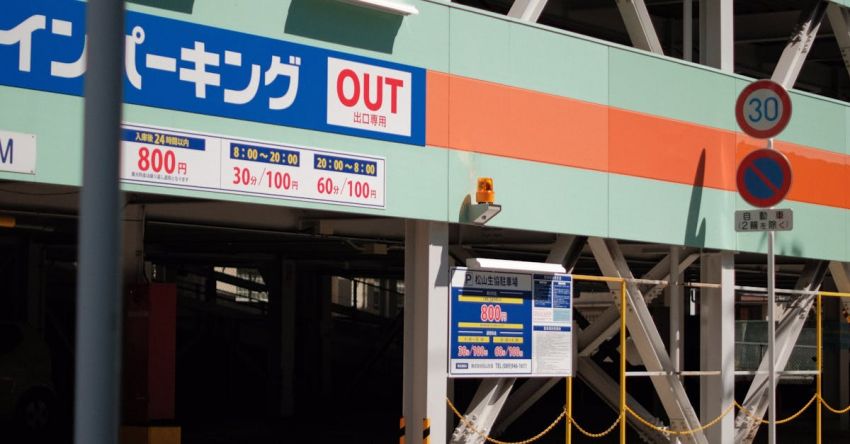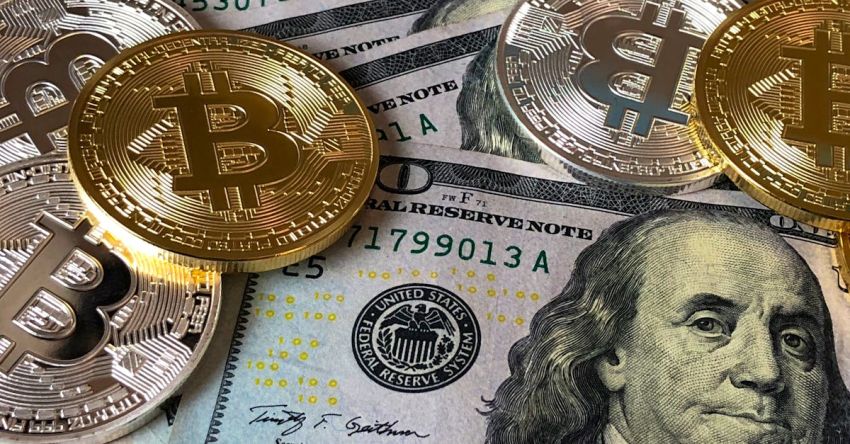Currency swaps are financial agreements between two parties to exchange cash flows in different currencies. These agreements are often used by multinational corporations and financial institutions to manage their exposure to foreign exchange rate fluctuations. Understanding how currency swaps work is essential for anyone involved in international business or finance.
The Basics of Currency Swaps
In a currency swap, two parties agree to exchange a specified amount of one currency for another at a predetermined exchange rate. The exchanged currencies are typically principal amounts, and interest payments are also exchanged based on the agreed-upon terms. The purpose of a currency swap is to hedge against exchange rate risk or to obtain a more favorable interest rate in a different currency.
Parties Involved in Currency Swaps
Currency swaps involve two parties, often referred to as the “counterparties.” These counterparties can be corporations, financial institutions, or even governments. Each counterparty agrees to exchange a specific amount of currencies for a set period. The terms of the swap, including the exchange rate, notional amounts, and the duration of the agreement, are negotiated between the parties and outlined in a formal contract.
How Currency Swaps Work in Practice
Let’s consider an example to illustrate how currency swaps work in practice. Suppose a U.S.-based company needs to finance a project in Europe but prefers to borrow money in U.S. dollars due to lower interest rates. At the same time, a European company wants to access funding in the U.S. but prefers to borrow in euros. To meet their respective needs, the two companies enter into a currency swap agreement.
Benefits of Currency Swaps
Currency swaps offer several benefits to the parties involved. By swapping currencies, companies can access lower borrowing costs in different markets. Additionally, currency swaps allow organizations to manage their foreign exchange risk effectively. By locking in exchange rates for a predetermined period, companies can avoid potential losses due to fluctuating exchange rates.
Risks Associated with Currency Swaps
While currency swaps can be advantageous, they also come with risks. One significant risk is counterparty risk, which arises if one of the parties involved in the swap fails to fulfill its obligations. Additionally, changes in interest rates or unexpected fluctuations in exchange rates can impact the effectiveness of a currency swap. It is essential for parties entering into a currency swap to carefully assess and manage these risks to ensure the success of the agreement.
Common Uses of Currency Swaps
Currency swaps are commonly used for various purposes in the financial markets. Multinational corporations often use currency swaps to hedge against exchange rate fluctuations when conducting business in multiple countries. Financial institutions may use currency swaps to manage their exposure to currency risk in their investment portfolios. Governments may also utilize currency swaps to manage their foreign exchange reserves efficiently.
Conclusion: The Importance of Understanding Currency Swaps
In conclusion, currency swaps are valuable financial instruments that allow parties to exchange cash flows in different currencies based on predetermined terms. By understanding how currency swaps work and the associated risks and benefits, individuals and organizations can effectively manage their exposure to foreign exchange rate fluctuations. Whether used for hedging purposes or accessing more favorable borrowing rates, currency swaps play a crucial role in international finance and business.










